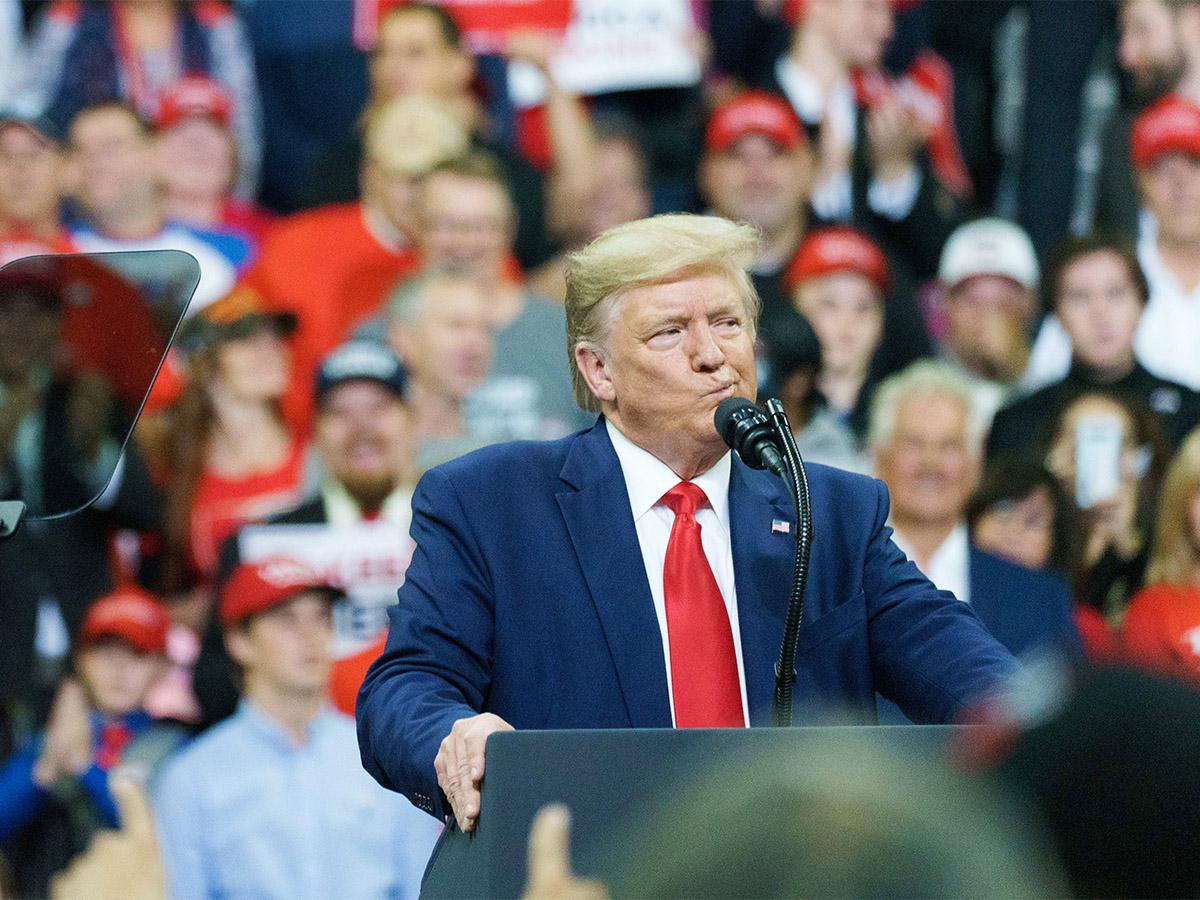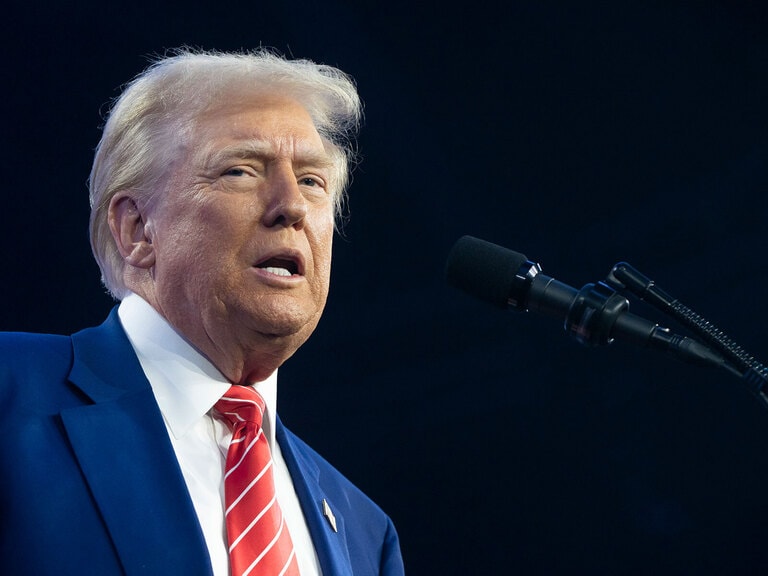When Donald Trump is sworn in as the 47th President of the United States of America next Monday, the big stage will be set for a man who, judging by his bold announcements and provocations of the past few weeks, will leave no stone unturned in terms of economics and geopolitics in the coming weeks, months and years.
Despite Wall Street being closed on Monday for Martin Luther King Jr. Day (or perhaps because they are closed), financial markets remain on edge over the potential impact of the Republican president's first 100 days in office. However, many shifts in rates and prices began after his election in November, leaving room for reversals if his actions don't align with his rhetoric.
US dollar under the spell of trade policy
Trump's first term was characterised by a tariff-heavy approach, particularly targeting China. A similar strategy is expected in his second term, probably by following a "Reaganomics" approach, where extreme demands set the stage for eventual compromises or deals. Tariffs typically strengthen the US dollar, which has risen notably since the election.
This is also because the US Federal Reserve, once a key driver of market optimism with its interest rate changes, has adopted a more cautious stance, on the back of uncertainty about upcoming White House decisions. If initial tariff hikes are less severe than expected, the dollar's current strength could reverse.
Deregulation of the financial sector
Trump's promise to deregulate the financial sector has been celebrated by Wall Street, with the sector index rising over 7% since his election. By rolling back parts of the Dodd-Frank Act (a 2010 federal law designed to “promote the financial ability of the United States by improving accountability and transparency in the financial system”), the government could aim to stimulate lending and investment. However, the impact will depend on how these plans are implemented.
The curse and blessing of lower taxes
US businesses are eager for Trump's proposed tax cuts, which could boost investment and shareholder returns by lowering corporate taxes and incentivising the repatriation of offshore profits. However, balancing these cuts with the government’s budget deficit is crucial. If done right, the reforms could benefit businesses, but if they worsen the deficit, they could spook bond markets.
Geopolitical shifts
The tough stance on China that Trump announced throughout his campaign could raise geopolitical tensions, impacting trade and global markets. However, improved relations with Russia might shift energy markets and defence spending. This could lead to the US signing a new agreement, a la the Plaza Accord (an agreement made in 1985 to depreciate the US dollar against other currencies), with China, which could lower energy prices.
Plans for infrastructure spending
Finally, Trump's long-announced infrastructure plan could boost the economy by creating jobs through investments in roads, bridges, and broadband connections. However, here too the financing remains uncertain, and excessive spending may increase the national debt.
Conclusion
The first 100 days of Trump's second term could well send ripples through financial markets, impacting everything from shares and bonds, to commodities and currencies.
Disclaimer: CMC Markets is an order execution-only service. The material (whether or not it states any opinions) is for general information purposes only, and does not take into account your personal circumstances or objectives. Nothing in this material is (or should be considered to be) financial, investment or other advice on which reliance should be placed. No opinion given in the material constitutes a recommendation by CMC Markets or the author that any particular investment, security, transaction or investment strategy is suitable for any specific person. The material has not been prepared in accordance with legal requirements designed to promote the independence of investment research. Although we are not specifically prevented from dealing before providing this material, we do not seek to take advantage of the material prior to its dissemination.








